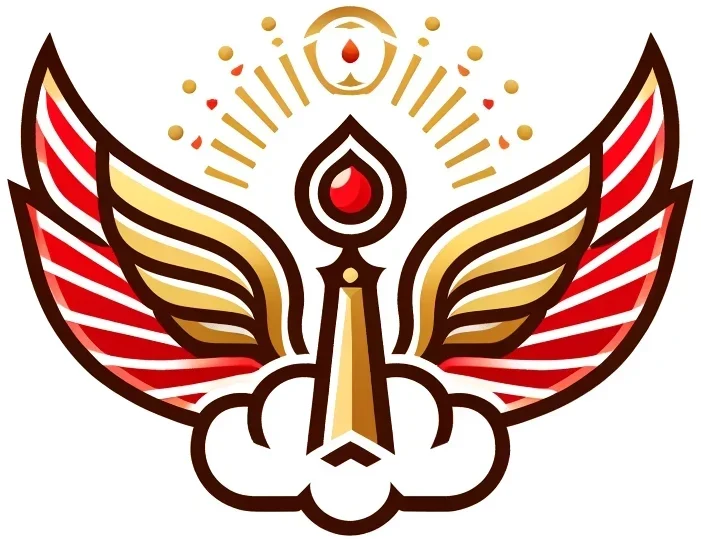From Ahura Mazda to the Logos — Asha over the Ages
—
🜂 1. Ahura Mazda (Persia, c. 1200–500 BCE)
Title: “The Wise Lord,” creator of Truth (Asha) and Light.
Core Principle:
> There is one eternal, uncreated Source — radiant, pure, the origin of all order and goodness.
Symbol: The Faravahar — the winged disk representing divine spirit and the soul’s ascent.
Medium: Fire (Atar), kept perpetually burning in Zoroastrian temples, symbolizing the inner light of Truth.
Key Thought:
> “Light and Truth are One.”
Darkness is not equal to Light — it is simply its absence.
—
2. Baal-Shamem & Melqart (Phoenicia, c. 1000–300 BCE)
Title: “Lord of Heaven” (Baal-Shamem) and “King of the City / Sun God” (Melqart).
Adopted Concept:
Under Persian rule, Phoenicians encounter Ahura Mazda’s cosmic monotheism.
Their supreme god of the sky (Baal-Shamem) begins to merge conceptually with the Zoroastrian “Lord of Light.”
Transformation:
Phoenician Persian (Zoroastrian)
Baal-Shamem = Lord of Heaven Ahura Mazda = Lord of Wisdom & Light
Melqart = solar king, resurrection Mithra = solar justice, order
Fire & purity rituals appear Fire = symbol of Asha & divine truth
Spiritual Synthesis:
The Phoenicians begin to see all gods as emanations of the One Light — just as the Zoroastrians saw all creation under Asha.
—
🜍 3. The Greek World (c. 400–100 BCE)
The Phoenicians traded heavily with Greece and Cyprus, and through them, Zoroastrian and Near Eastern ideas entered Hellenic philosophy.
Transformation into Greek Thought:
Asha (Truth, Order) becomes Logos (Reason, Word, Cosmic Order).
Ahura Mazda becomes the Nous / Theos of Light, a rational divine mind.
Fire as pure substance appears in Heraclitus:
> “The thunderbolt steers all things.”
(An echo of Zoroastrian fire as cosmic intelligence.)
—
4. Alexandria & Hellenistic Mysticism (c. 200 BCE – 100 CE)
In Alexandria, where Phoenician, Persian, and Greek thought all mingled, Hermeticism arose — the secret wisdom of divine light within.
Key Idea:
> “As above, so below.”
The microcosm reflects the cosmic order — Asha reborn as Logos, Fire, or Spirit.
Phoenician + Persian Light → Greek Mind → Hermetic Fire.
—
5. Early Christianity (1st–3rd Century CE)
John’s Gospel opens with unmistakable echoes of Zoroastrian–Phoenician Light doctrine:
> “In the beginning was the Word (Logos),
and the Word was with God,
and the Word was God…
In Him was Life, and the Light was the Light of all mankind.
The Light shines in the darkness, and the darkness has not overcome it.”
That’s Asha — divine Light, unopposed by darkness — reborn in a new language.
So:
Tradition Name of the Divine Light Symbol Principle
Zoroastrian Ahura Mazda Fire Asha – Truth & Light
Phoenician Baal-Shamem / Melqart Sun Cosmic Fire & Resurrection
Greek Logos / Nous Flame or Light Rational Divine Order
Christian Christ the Logos Light of the World Truth & Eternal Life
—
🜚 The Line of Fire
Ahura Mazda (Persia)
↓
Baal-Shamem / Melqart (Phoenicia)
↓
Logos (Greece)
↓
Christ (Early Christianity)
A single current of illumination — the Fire of Truth — flowing through empires, names, and languages.
What began as Asha, the light of Ahura Mazda, became the Word of God — the Light that “arrives, and darkness does not wrestle with it.”
